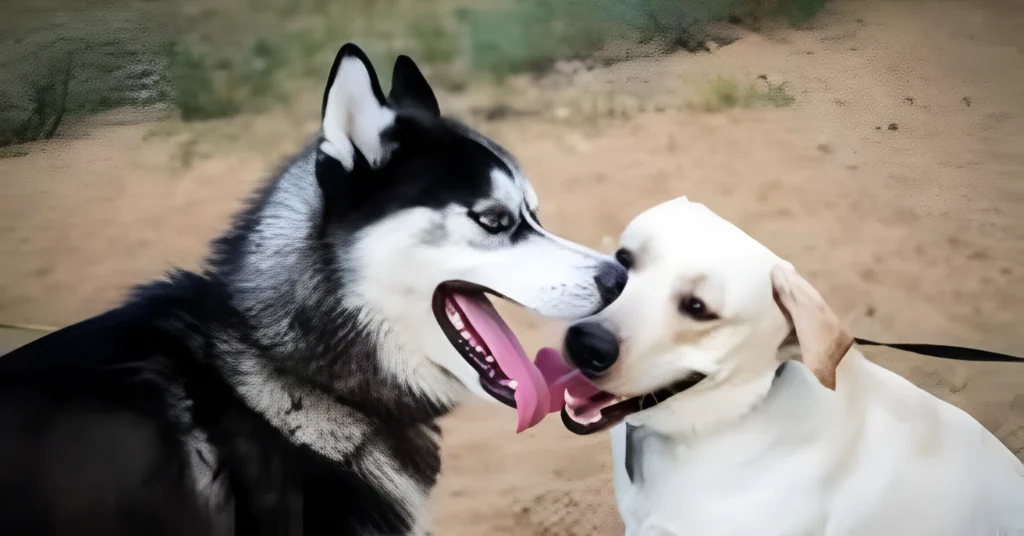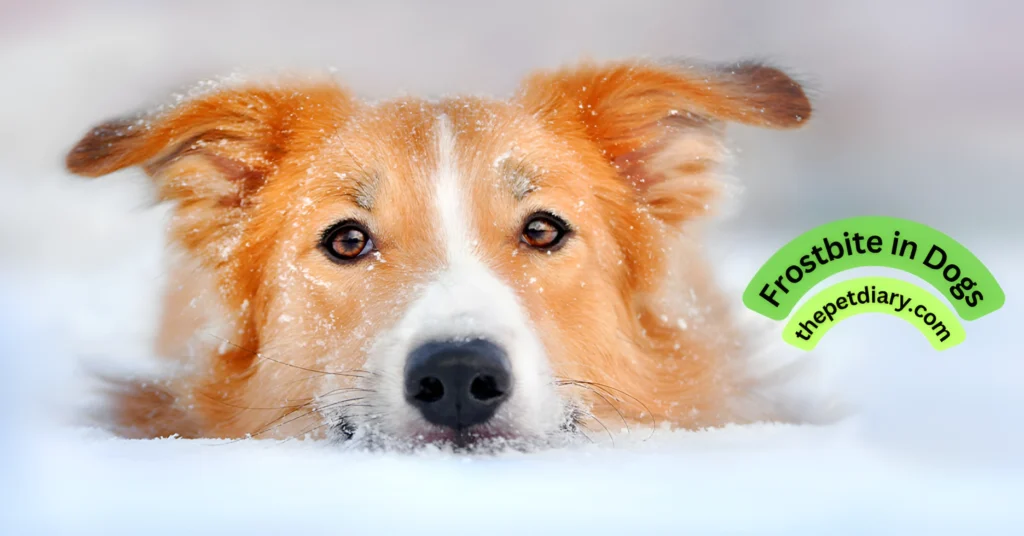Just like you, your dog needs regular exercise to stay happy, healthy, and fit. A well-designed fitness routine helps prevent obesity, boost heart health, support strong joints and muscles, and even slow cognitive decline. Since dog exercise needs by breed can vary significantly, understanding your dog’s specific requirements is key to creating an effective routine.
At ThePetDiary.com, we’re here to help you create the ideal workout plan for your dog based on their unique needs, while keeping an eye on signs that show whether your dog’s routine is truly effective.
Factors That Determine a Dog’s Exercise Requirements
Although we may (and will) offer broad recommendations regarding a dog’s activity needs, it’s crucial to keep in mind that every dog is unique. How much exercise your dog needs depends on their personality, breed, age, and overall health.
Breed
The breed of your dog may affect how active they should be. For instance, more active breeds like Siberian huskies or mini golden retrievers may start to exhibit behavioral problems when they don’t get enough exercise, whereas a pug or mastiff may enjoy spending hours on end relaxing around the house.

The intensity of exercise can also be affected by breed-specific traits. A flat-faced dog, such as the pug mentioned above, may experience respiratory difficulties and heat exhaustion if they are overexerted during exercise. In general, dogs with longer snouts, such as Huskies or Red Labradors, will find it easier to breathe during vigorous exercise.
While a pug may be content with a single 20–30 minute stroll, a husky might need three brisk half-hour walks throughout the day to burn off their energy.
Age of Dogs
The age of your dog affects how much exercise they need as well. Short bursts of activity are more likely to be enjoyed by golden retriever puppies. Some veterinarians advise pet parents to exercise their puppies once or twice a day for five minutes each month. Therefore, their activity sessions may last approximately thirty minutes by the time they are six months old.
Warning
Extreme exercise can damage a dog’s growth plates. Puppies shouldn’t engage in intense exercises such as running, jogging, or hiking until they reach the appropriate age milestones listed below.
- Small breed: 6 to 8 months
- Medium breed: 12 months
- Large or giant breed: 12 to 24 months
Consult your veterinarian to find out when your dog’s exercise restrictions are removed.
On the opposite end of the spectrum, don’t overlook elderly canines! Just because your dog ages doesn’t mean you should stop exercising them. All you have to do is consider whether your dog has any health conditions, such as arthritis, and make the necessary adjustments. Low-intensity exercises, such as a leisurely walk, are often more effective for senior dogs. Additionally, a straightforward yet efficient method to promote mobility and lessen discomfort as your dog ages is to stretch their joints to help prevent arthritis.
Health Status
Your dog’s tolerance for exercise may be lowered by certain medical conditions. The following are some health conditions that could affect how much exercise your dog needs:
- The condition of arthritis
- Conditions of the respiratory system
- Heart conditions
- Being overweight
- Endocrine conditions such as Cushing’s syndrome or hypothyroidism can affect a dog’s hind legs.
It’s always a good idea to have your veterinarian approve your dog’s exercise regimen if they have a chronic illness.
Personality
Recall that dogs are unique individuals! White Golden Retrievers can thrive as active dock-divers or relax as laid-back couch potatoes. When determining how much exercise your pet needs, you must consider their need for movement, interaction, and mental stimulation.
Dog Exercise Needs by Breed & Tips
The general rules for dog exercise need by breed:
- Your dog needs daily exercise.
- It’s better to do a quick workout once a day than a lengthy one once a week.
- For a low-energy adult dog, try to get in at least one leisurely walk of 20 to 30 minutes. Try to get in at least two vigorous 30-minute walks for a high-energy adult dog.
- See your veterinarian for precise exercise guidelines and limitations for your developing puppy.
- Observe the weather. Certain dogs are more susceptible to temperature changes, and their paws may be at risk from hot or frozen surfaces.
- On hot and/or muggy days, bring water.
There are other ways to get your dog moving besides walking and running. An additional list of dog-friendly exercises is provided below:
- Trekking
- Playing games like fetch, tug-of-war, and hide-and-seek
- Swimming (in secure areas)
- Classes for advanced training, like agility training
- Navigating a makeshift obstacle course in the backyard
- Diving off a dock
- Playing with other friendly canines
Signs Your Dog Isn’t Getting Enough Exercise
You can find out if your dog is getting enough exercise by observing their behavior and overall health.
Behavioral Issues
Insufficient exercise increases the risk of behavioral problems, particularly anxiety, in dogs. Anxious dogs may pace, bark, whine, be destructive, damage the house, or hurt themselves. Repeatedly asking to go outside, chewing on things they shouldn’t, and bringing toys to you are all indications that your dog needs more exercise (and care!).
Health Problems
Dogs who don’t get enough exercise are more likely to develop obesity and arthritis. If your dog is showing signs of health problems, you should always have them assessed by a veterinarian before presuming they require additional exercise.
How Much Exercise Does a Dog Need? Signs of Over-Exercising
The following signs point to your dog being very active:
- Attempting to pause and lie down while working out
- Excessive breathing
- Too much drooling
- Reddened tongue and/or gums
- Limping and stiffness after working out
To take action if your pet is overheating, make sure you are aware of the symptoms of heat exhaustion.
Before You Go
Regardless of which of the top dog parks you go to, always keep in mind:
- Clean up after your dog and dispose of garbage in the right way.
- Have fun! Don’t allow your dog to chase squirrels, birds, or other animals.
- Make sure you have current documentation of your dog’s licensing and rabies vaccine on you.
1: Bow Wow Beach Dog Park
5027 Stow Road, Stow, Ohio
Bow Wow Beach is one of the greatest dog parks in America because of its sandy beach and 3-acre pond! Additionally, your dog will have plenty of room to run and play on the 7.5 green acres to explore. Additionally, there are dog washing stations to clean your dog before he gets back in the car, as well as distinct spaces for big and little dogs.
With the exception of Thursday mornings when it is closed for repair, the park is open from 8 a.m. From mid-March until December 1st, weather permitting, the area remains open daily from sunrise to sunset.
2:Tompkins Square Dog Run
500 E 9th Street, New York, New York
NYC’s Tompkins Square Park dog run is the city’s first and biggest. One of the best dog parks in America, it features three swimming pools, picnic tables, restrooms, a state-of-the-art running surface made of decomposed granite sand, and both spacious and small dog runs!
3:Pilgrim Bark Park
227 US-6, Provincetown, Massachusetts
In addition to being incredibly pet-friendly, Provincetown boasts one of the top dog parks in the country! Local artists created the benches, poop bag stations, kiosks, signage, and enormous doghouse at Pilgrim Bark Park. There is a designated space for small dogs in the one-acre park, which is open every day from sunrise to sunset.
After playing at the park, take a stroll along Commercial Street to a pet-friendly restaurant for a bite to eat.
4:Bernese Mountain Dog park
143 Parks Road, Vermont’s St. Johnsbury
It’s best revealed on the Canine Hill website: “Canines are not simply welcome right here, they are treasured!” Pet dogs are allowed to run, play, and swim in the pond on the 150-acre residential or commercial property, which is always easily accessible to the general public. Treking courses, calm retreats, and serene views of the stunning surroundings are all available. Both the gallery and the church are pet-friendly, making it feel much like a Bernese Mountain Dog park, spacious, welcoming, and perfect for large, social breeds.
Find the Greatest Dog Park for Outdoor Activities Near Me
Are you looking for a fantastic location for your dog to play, exercise, and interact with others? One of the finest methods to keep your pet active and content is to take them to a dog park in your area. Local dog parks in the majority of American neighborhoods provide open areas, agility equipment, and a secure setting for your dog to have fun off the leash. To locate the closest dog park to you, simply use a map app or the internet. For a hassle-free experience, remember to pack water, snacks, and trash bags!
🦴 Conclusion: Dog exercise needs by breed
Every dog deserves daily care, attention, and a routine that supports their health and happiness, especially during the hot summer months. While exercise is essential, it’s important to adjust your dog’s activity level based on the weather and their individual needs. Keep an eye out for symptoms of overheating and make sure to hydrate first and foremost.
Any time you have concerns about your dog’s health, it’s best to consult a vet. At thepetdiary.com, we’re committed to helping you give your pets the happiest, healthiest lives possible. With a little planning and care, your furry friend can enjoy a safe and comfortable summer by your side.
❓ FAQs of Dog exercise needs by breed:
-
How much exercise does my dog need daily?
The amount of exercise your dog needs depends on their breed, age, health, and personality. Low-energy breeds may only need a 20–30 minute walk, while high-energy breeds like Huskies may require multiple vigorous daily sessions.
-
Do different dog breeds have different exercise needs?
Yes. Exercise needs vary significantly by breed. Active breeds like Border Collies, Huskies, and Retrievers need more movement, while breeds like Pugs or Bulldogs may require shorter, gentler walks due to breathing issues.
-
Is it safe to exercise my puppy every day?
Yes, but in moderation. Puppies should not engage in intense activities like jogging or hiking until their growth plates close, typically between 6 and 24 months, depending on breed size. Short, age-appropriate play is ideal.


